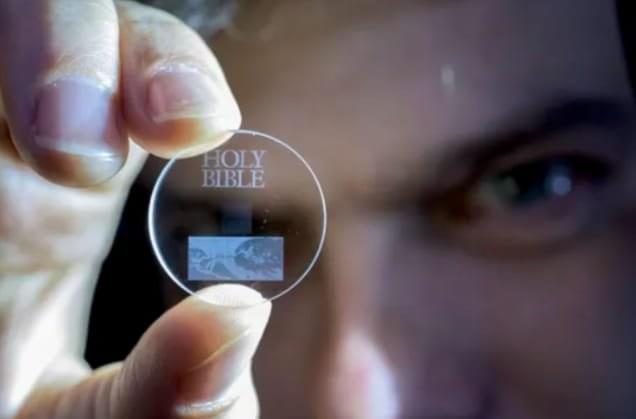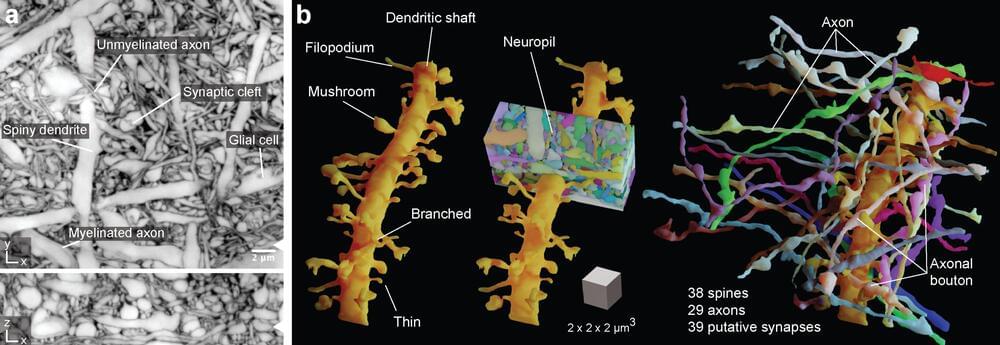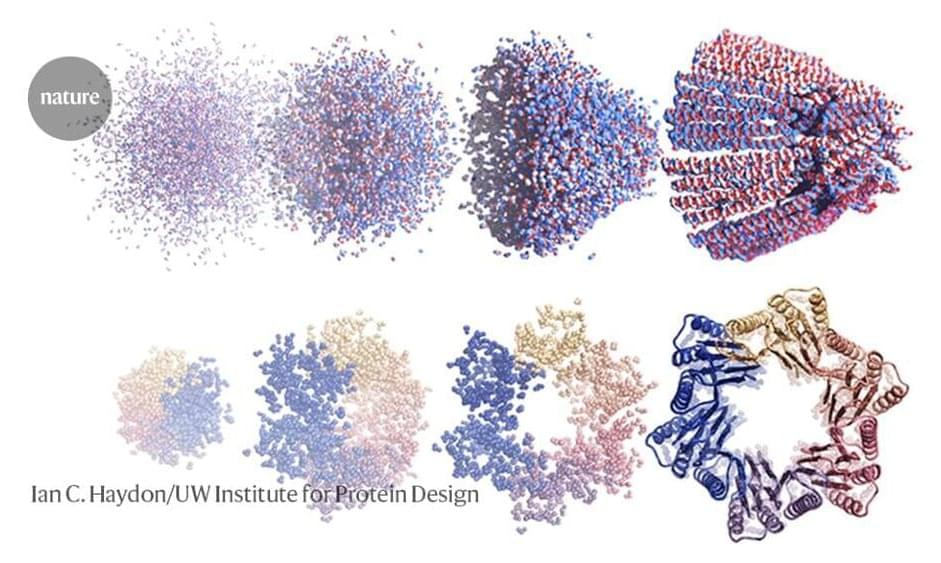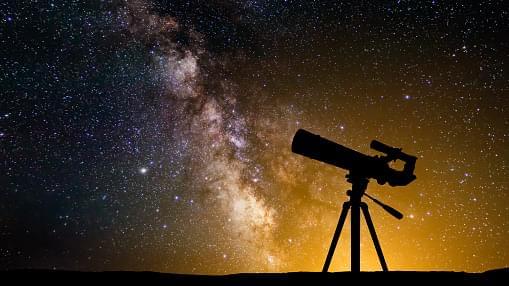It’s estimated that humans are producing the equivalent of 10 million Blu-ray Discs of data per day – and all and zero of those have to be stored somewhere.
Now, UK researchers may have a solution: a five-dimensional (5D) digital data disc that can store 360 terabytes of data for about 13.8 billion years.
To create the data discs, scientists at the University of Southampton used a process called femtosecond laser writing, which creates tiny discs of glass using ultrafast lasers that generate short and intense pulses of light.








 עברית (Hebrew)
עברית (Hebrew)
